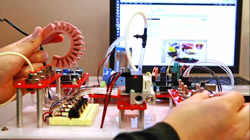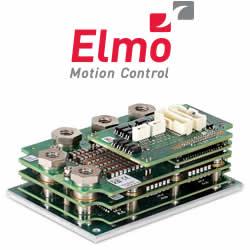Looking for a few good robots
 By Adam Zewe for Harvard News: If you have a soft spot for robotics, this competition is right up your alley.
By Adam Zewe for Harvard News: If you have a soft spot for robotics, this competition is right up your alley.
The 2016 Soft Robotics Competitions offer anyone with an interest in robotics the chance to design and build their own soft robot using the resources available in the open-source Soft Robotics Toolkit.
Now in its second year, the competition was developed by Conor Walsh, assistant professor of mechanical and biomedical engineering at the Harvard John A. Paulson School of Engineering and Applied Sciences, and Dónal Holland, visiting lecturer in engineering sciences, as a way to encourage individuals to take advantage of the resources provided in the Soft Robotics Toolkit.
The toolkit, which incorporates contributions from researchers from Harvard and other institutions, provides a set of intellectual tools that one can use to design and construct a robot using soft, flexible materials. It includes resources such as step-by-step instructions on building actuators and sensors, lists of suggested materials, and how-to fabrication videos.
The ultimate goal of the competition is to encourage others to find innovative applications for soft robotics technology and continue expanding interest in this relatively new field. Cont'd...
Featured Product

